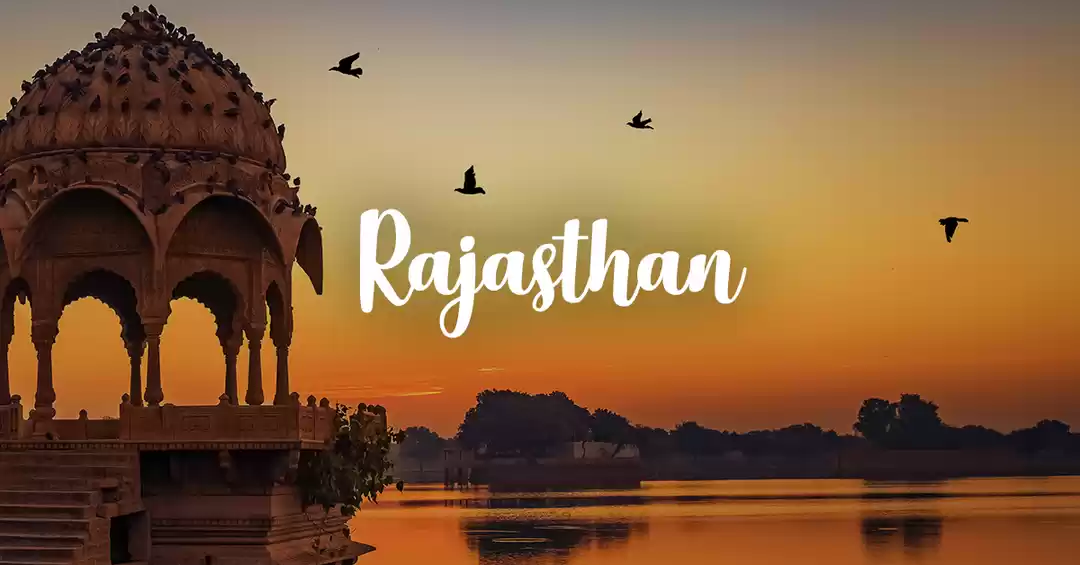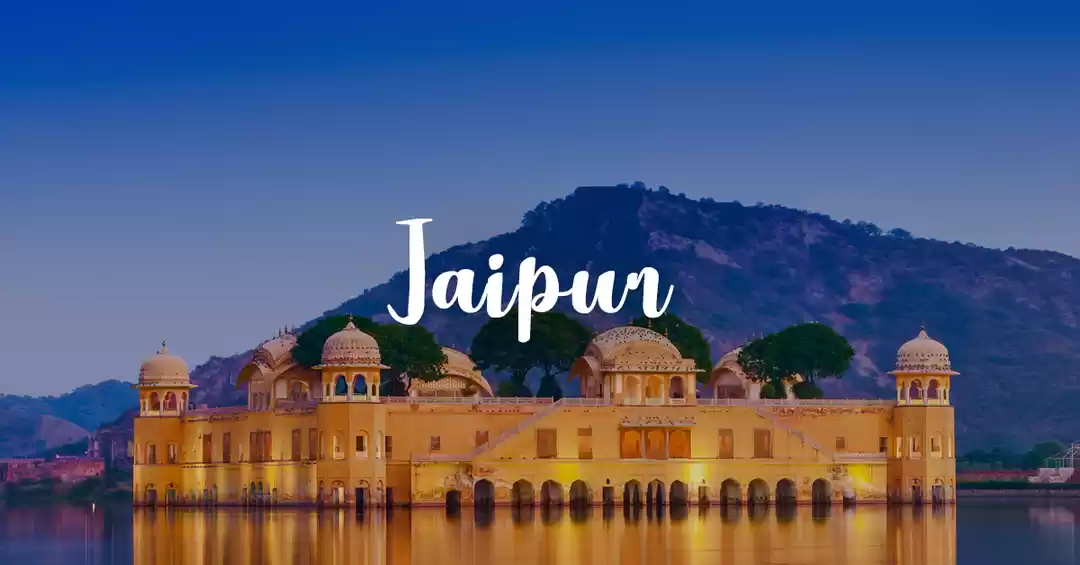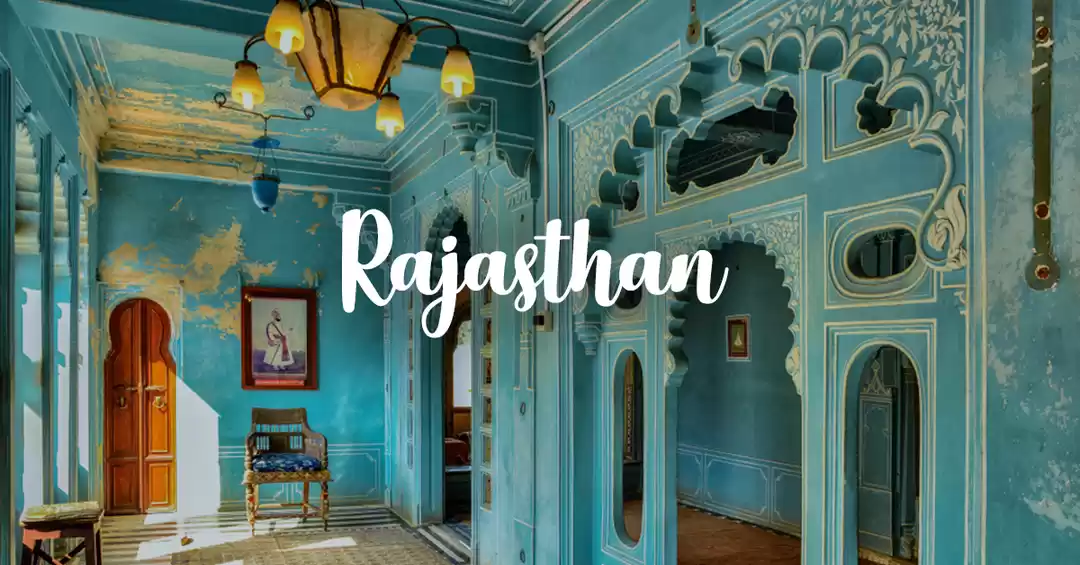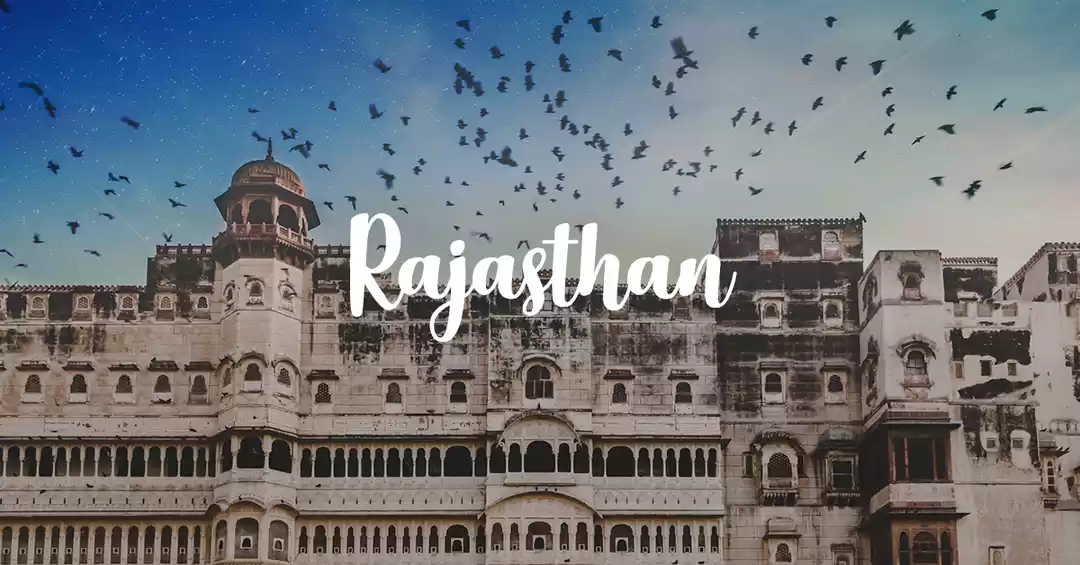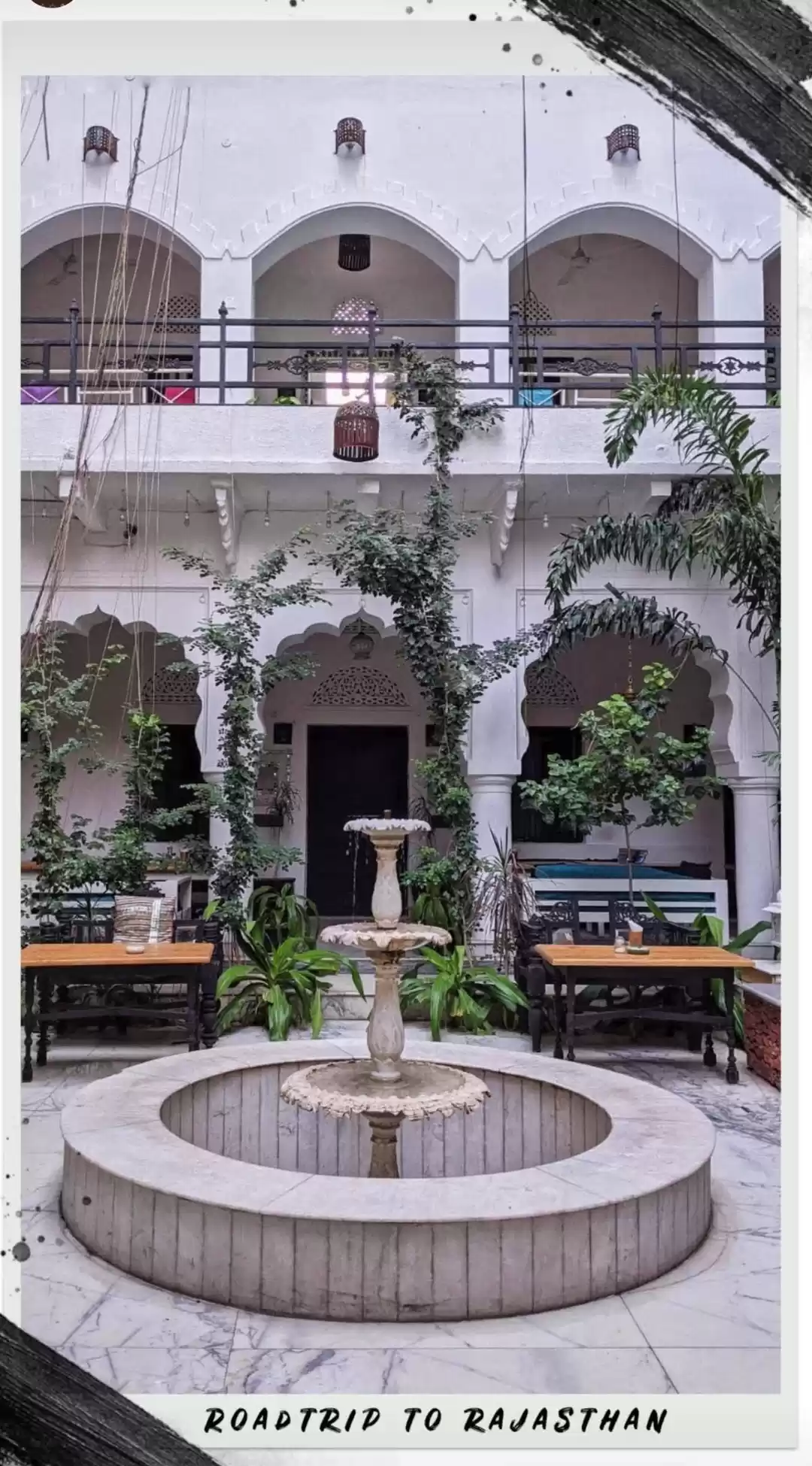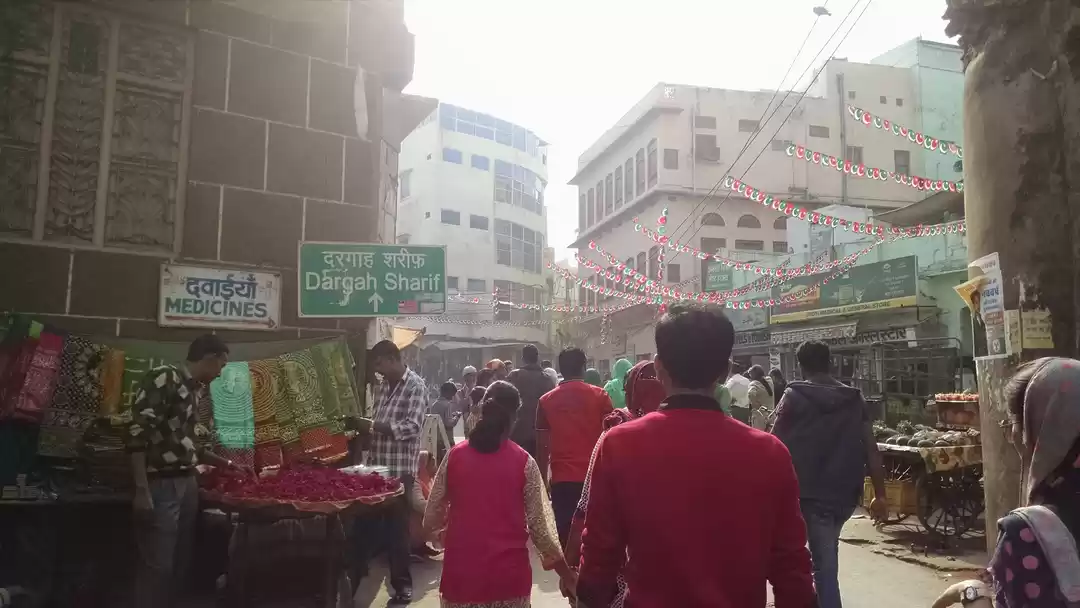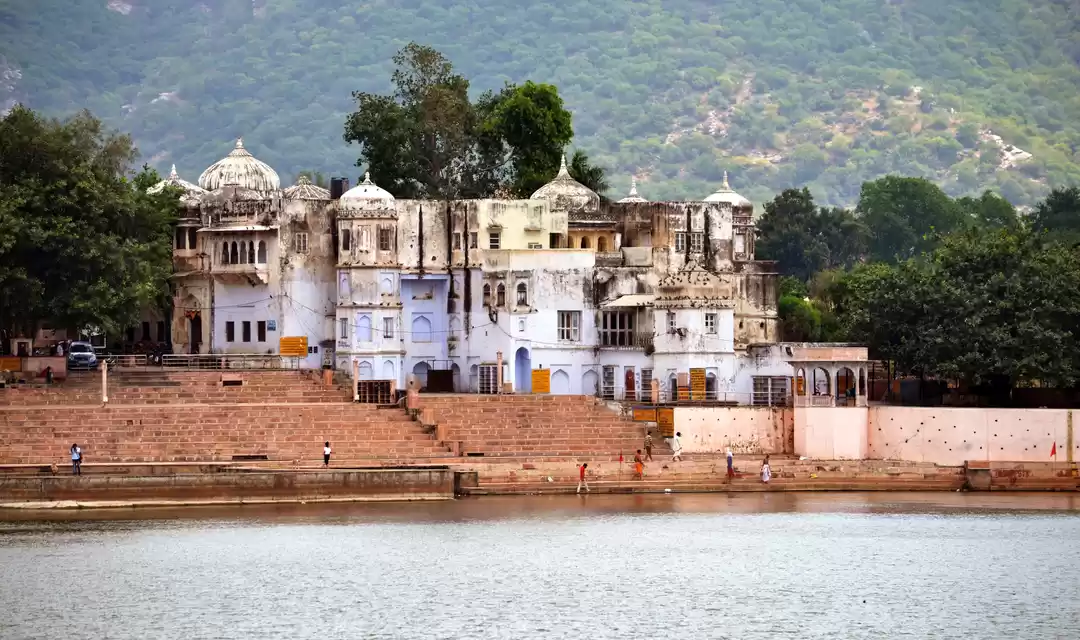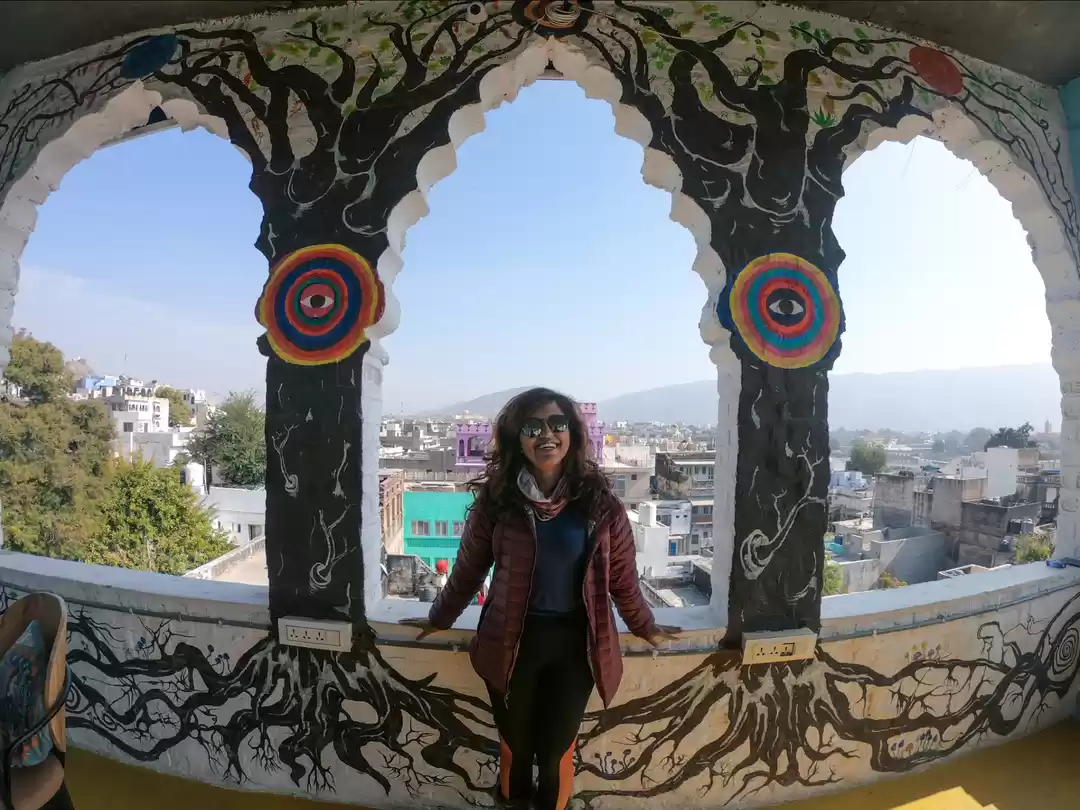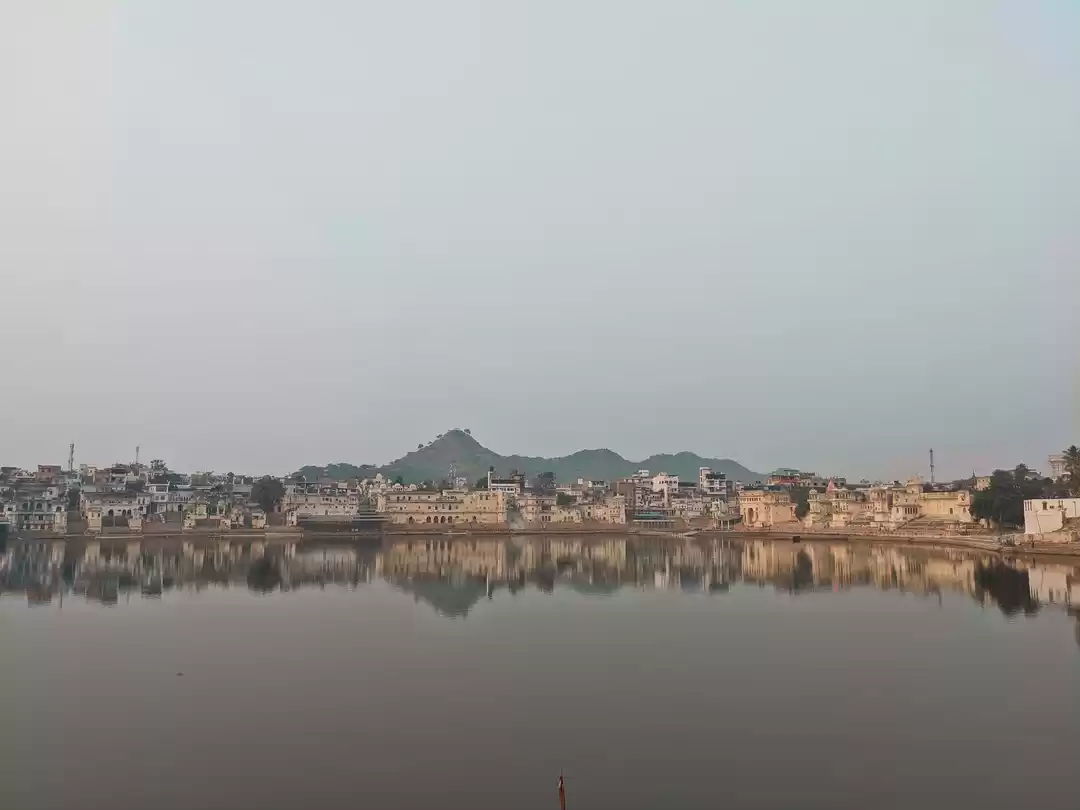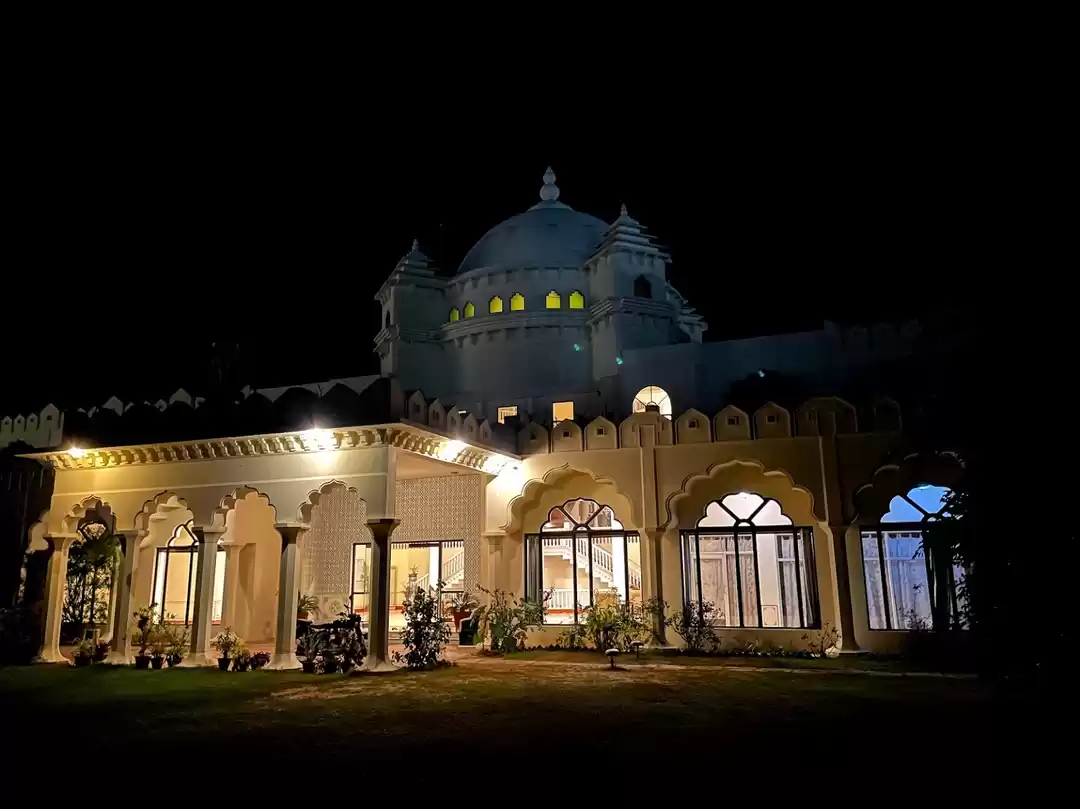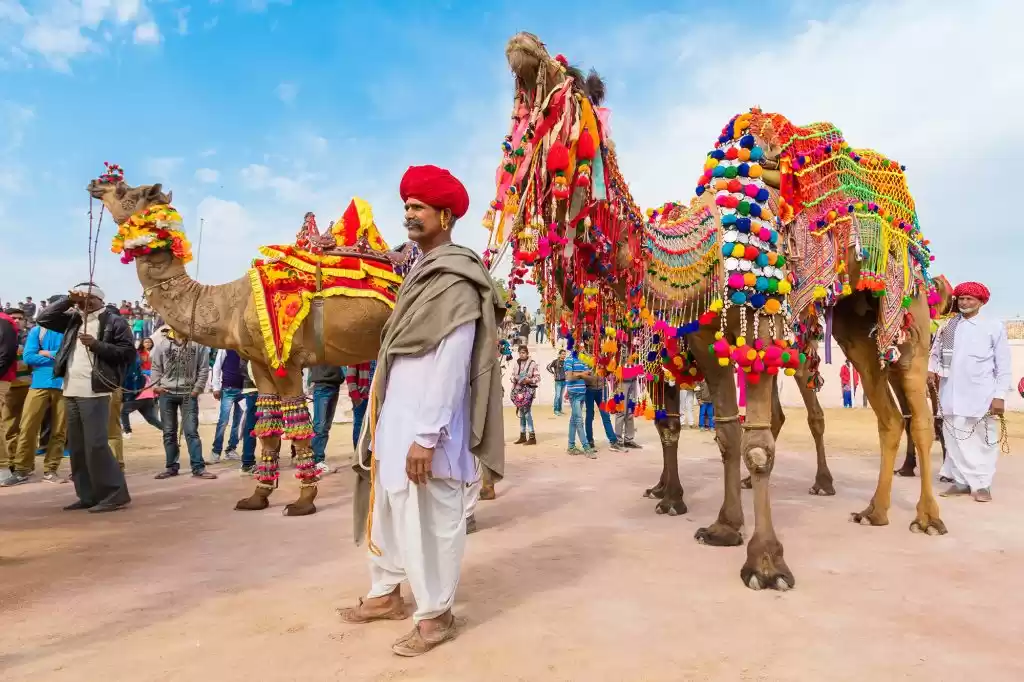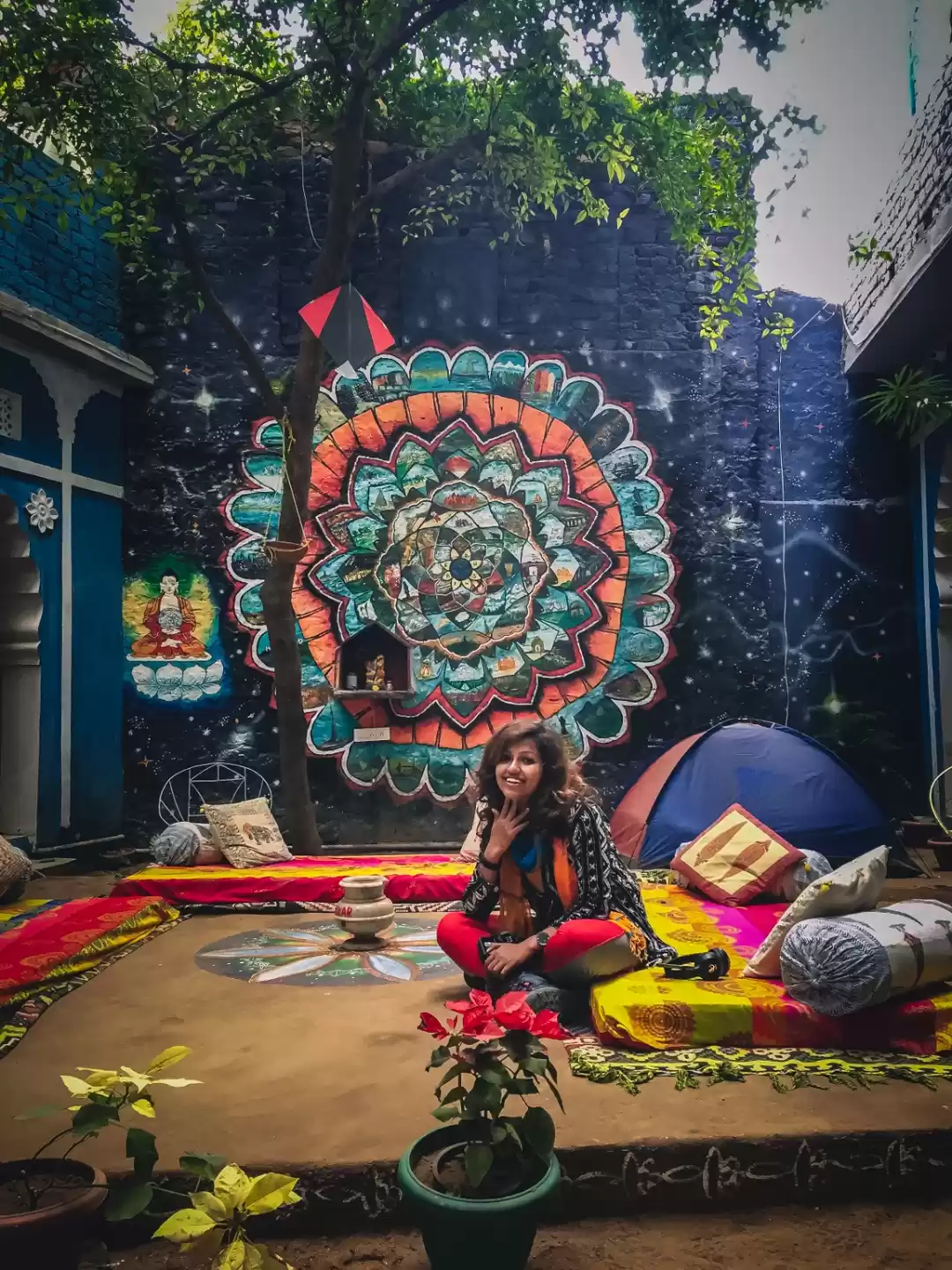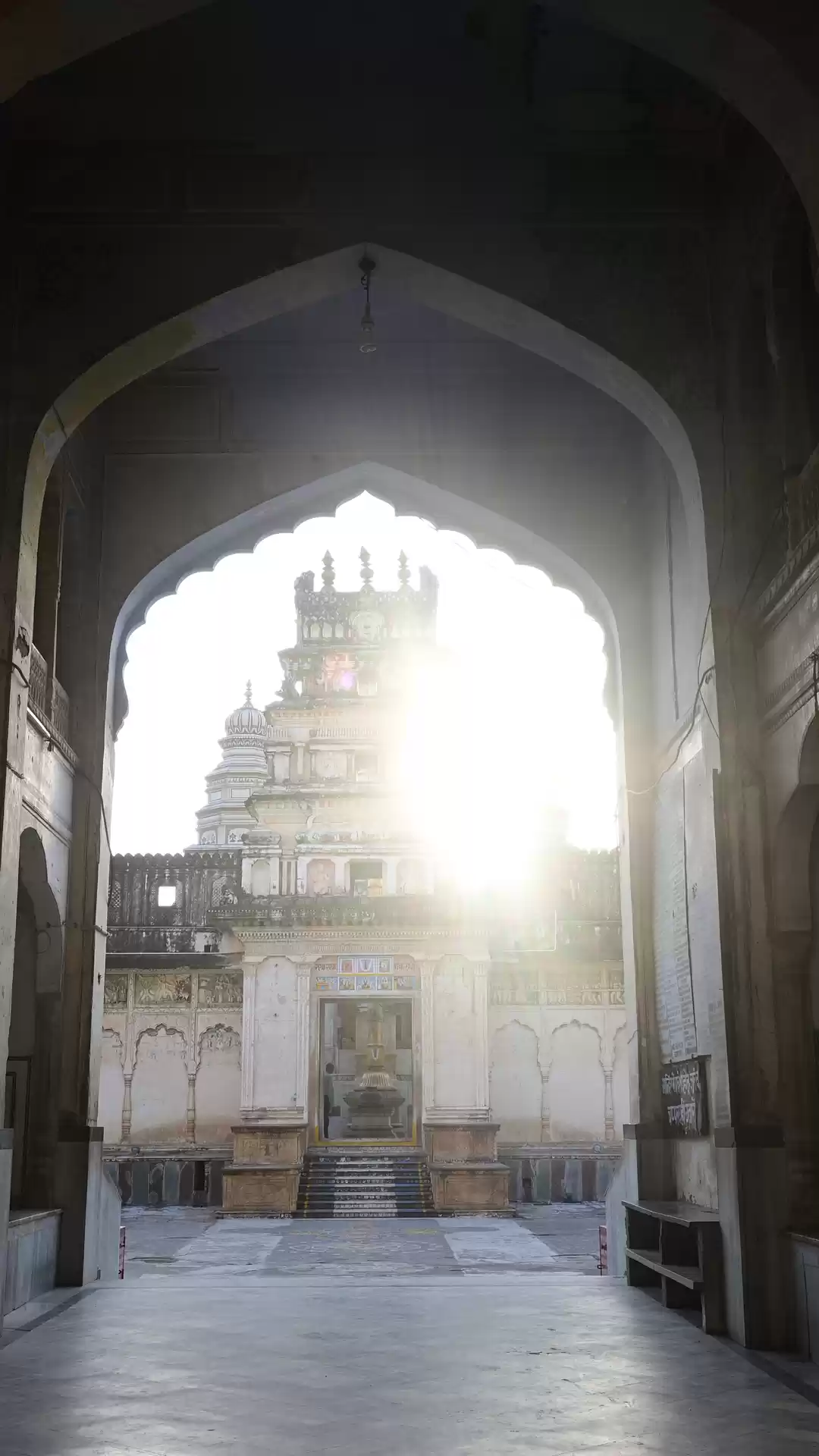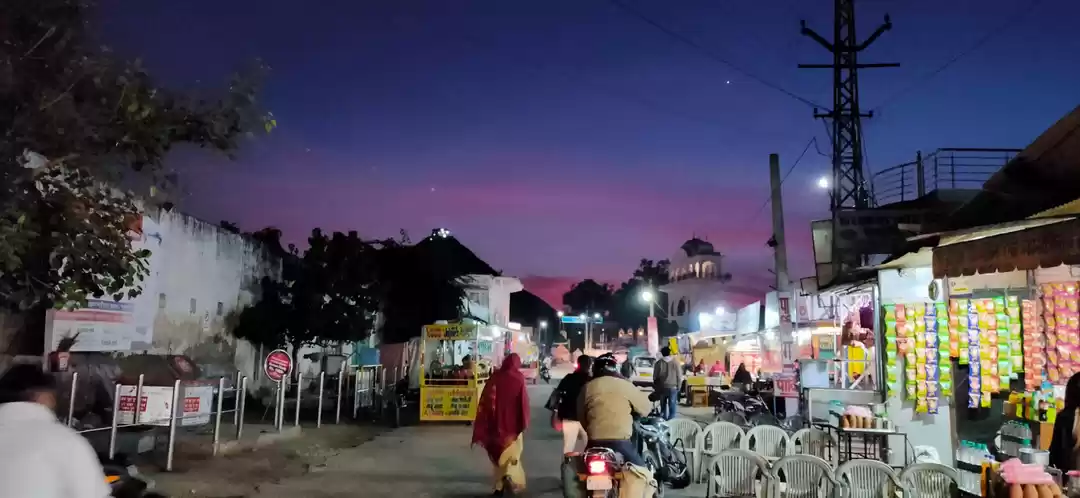
Brahma temple
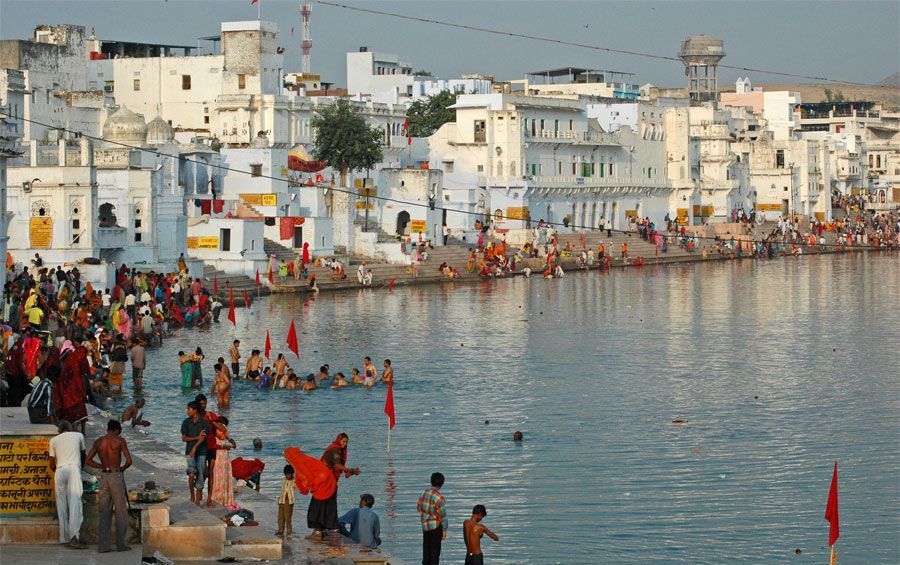
Pushkar Lake

Pushkar Lake and Ghat Area

Pushkar
Walking along the dusty lanes of Pushkar, you almost feel as if you’re on the set of a cliché-ridden Hollywood film about India. The town is built around a peaceful lake, surrounded by 52 marble ghats. Rajasthani women in brightly coloured saris and lehnga cholis (skirts and tops), with pallus (shawls) draped modestly over their heads, hawk fresh veggies, while trident-bearing sadhus (priests) lean against pastel-tinted buildings, sipping chai as the sun beats down upon their dreadlocks.
The air swirls with the aromas of fresh rose petals and incense. Temple bells ring in the background, muffled only by the cheers of young boys playing cricket. It’s easy enough to get lost in the quaintness of it all, but try walking by a shop and you are likely to hear the catchphrase that every shopkeeper in the area seemingly recites like a mantra: ‘Water, cigarettes, chocolate, biscuits, toilet paper – madam, please looking at my shop?’
Tourism is by far the biggest source of income for most residents. It seems that almost every local you meet in the town makes their livelihood from a shop, a restaurant, a hotel, or some combination of the three. While this results in a lot of touting, it also makes for a great place to shop, eat and sleep at rock-bottom prices.
Pushkar attracts a steady stream of tourists year-round, most of whom can be pigeonholed into two broad categories: pilgrims and chillers. The former come to Pushkar by the busload to pray at the town’s famous Brahma mandir (supposedly the only temple dedicated to that god in the entire country) and to absolve themselves of bad karma in the lake’s holy waters. The chillers, mostly made up of foreign backpackers and college students from Delhi, often show up to sample some of Pushkar’s ubiquitous lassi, and to shop for the latest in bohemian fashions. The local shopkeepers stock everything from puja supplies to flower-power-era sundresses.
Despite the shopping frenzy, Pushkar retains a fairly peaceful atmosphere, especially in the summer when only a brave few risk heatstroke to visit the holy hamlet. However, every year, during Karthik Purnima, the population explodes as visitors join in the festivities of the annual Pushkar Fair (aka the camel show). Although the support of the Rajasthan tourism board has turned the show into quite a tourism-focused affair, with dance shows, camel races and even longest-moustache competitions, the camel mela has a more practical function for livestock traders from across the state – it’s the time when they join together to show off their finest specimens and hopefully make a few big sales.
This year, another element has been added to the festivities in the form of the Pushkar Literature Festival, a one-day exploration of contemporary and folk literature, to be held on October 31. It will feature hour-long talks and readings from writers, poets and storytellers from a variety of backgrounds and areas of expertise. Highlights include activist Aruna Roy in conversation with Tarun Tejpal (of the magazine Tehelka, and author of the award-winning Alchemy of Desire) on the “Politics of Reportage and Fiction”. British economist, academic and Bollywood film aficionado Lord Meghnad Desai will also read from his new novel, Dead on Time. Even if you prefer books to religious tourism, hippies and moustachioed men on camels, you still have every reason to take a break in peaceful Pushkar.
The above article first appeared in Time Out Magazine in 2008.
This is the only Brahma temple in the world, and hence attracts many visitors throughout the year. The area around the temple is a good place to shop for local articles. It’s great for silver jewellery, Rajasthani decor items, blue pottery and religious CDs. For a unique souvenir, buy some gulab jal – water made from the petals of locally grown roses.

Besides the religious significance, this is also a lovely place to visit. Especially if you visit near sunset. The lake is truly calming and peaceful and a must visit if you are in Pushkar. Once you enter the lake area, you get a stunning view of the lake. Its not a big lake but has a perfect setting. Water was at fullest level as we visited post monsoon. Few mountains at the backdrop makes the setting very picturesque and you will find many people meditating, offering pooja over there.
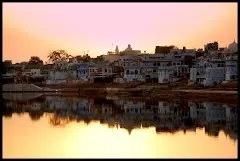
Pushkar is popular with foreigners, so there are plenty of places to try out continental dishes (for the same reason, avoid the desi khana unless you like your food bland). Don’t miss the tandoor-fired pizzas at Moondance, a garden café near Gau Ghat. For a quick snack, grab some delicious palak pakoras, available at most of the town’s street food vendors.
Dedicated to Brahma’s first wife, this temple sits atop a hill overlooking Pushkar. According to legend, Savitri refused to come down to Pushkar when she learnt that her husband had married Gayatri, and her essence remains on the hill to this day. The temple is small and houses a pretty statue of the goddess, but the main reason most people come up here is for the excellent views of Pushkar below. Most people set out about an hour before sunrise to climb the hill—note that there are well-lit steps leading from the base to the summit. There are also a lot of monkeys and langurs en route, and women should avoid wearing long flowing skirts—the local primates are known to grab onto skirts and refuse to let go. Make sure to carry lots of water—there’s a small stand selling tea and cold drinks next to the temple, but the journey up can be dehydrating. (Excerpted from Moon Taj Mahal, Delhi & Jaipur)

My favorite place to stay in Pushkar, this old haveli on the lake has six simple rooms with shared bathrooms. It's a good budget choice if you want local culture rather than opulent luxury. There's also a vegetarian restaurant onsite.



